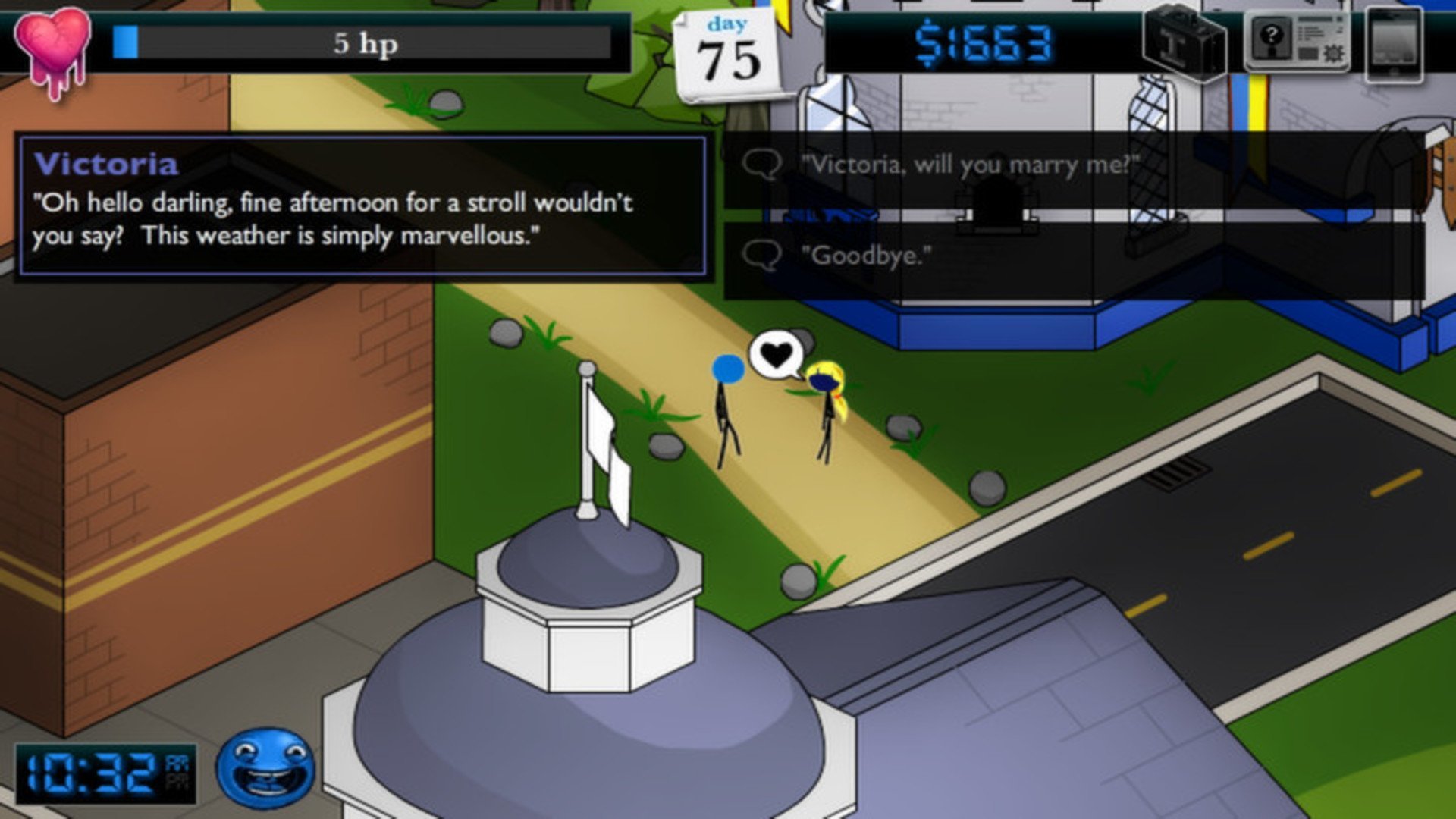

When the researchers used their projector to make atoms mimic an expanding universe, the atoms moved in exactly the kind of ripple pattern that would be expected if pairs of particles were popping into existence – a phenomenon called particle pair production. Read more: Frozen cloud of molecules acts as a single quantum object

Atoms in this phase can be controlled by shining light on them – using a tiny projector, the researchers precisely set the atoms’ density, arrangement in space and the forces they exert on each other. Markus Oberthaler at Heidelberg University in Germany and his colleagues cooled more than 20,000 potassium atoms in a vacuum, using lasers to slow them down and lower their temperature to about 60 nanokelvin, or 60 billionths of a degree kelvin above absolute zero.Īt this temperature, the atoms formed a cloud about the width of a human hair and, instead of freezing, they became a quantum, fluid-like phase of matter called a Bose-Einstein condensate. It could be used to help us understand cosmic phenomena that are exceedingly difficult to directly detect, such as pairs of particles that may be created out of empty space as the universe expands. An experiment with cold atoms suggests that particles pop up out of empty spaceĪn analogue of a tiny, expanding universe has been created out of extremely cold potassium atoms.


 0 kommentar(er)
0 kommentar(er)
